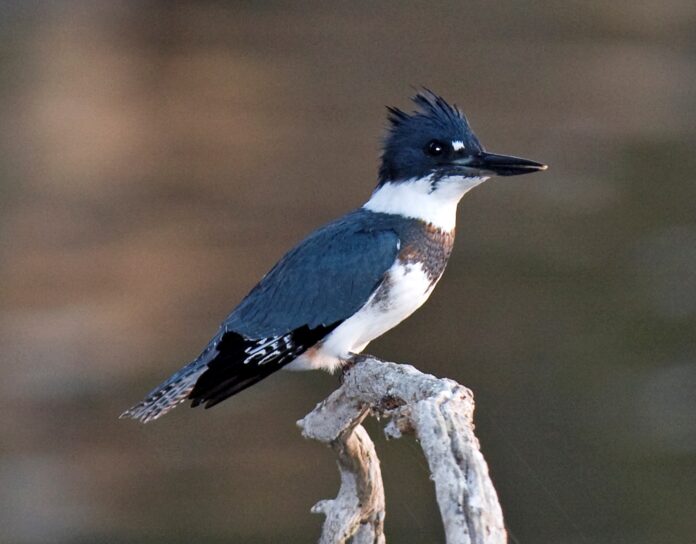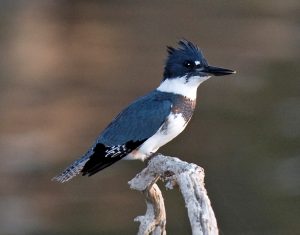
BY HARRY WEEKES
Part II

One thing I have learned as a teacher is that I really have no idea what will stick in students’ minds. Despite many years crafting what I thought was nothing short of the most elegant unit on photosynthesis, much fanfare and arm waving in the delivery of this masterpiece, and take-home taglines like, “This is why you are alive, people!”, students I would see years later were much more likely to reference something obscure: “Remember how my ribosomes were chocolate chips in that edible cell project?” or “Remember that lab on island biogeography? I really liked the bird one.” This particular memory always interested me because I did remember: it was a lab about getting birds to populate an island. And when I say “birds,” I mean little colored pixels that were literally one step improved, graphically, from the game Pong. Yet, somehow, students remembered this. Vividly.
And because I have no idea what anyone will remember, I take every chance I get to narrate the landscape around me, especially if it is a morning as beautiful as Feb. 16 was, and especially if I have a captive audience, which is exactly what the two 13-year-olds in the car probably felt like.
I turned the car around because something caught my eye. In birding, they talk a lot about your first impression, what is called GISS: General Impression of Size and Shape. “Was it a robin or a goose?” “Was it colorful or drab?” “Flying or hopping?” Or, in this case, there was just something different than expected.
I was searching for a blackbird and instead scanned across something that looked as much like carved ice as it did a living thing. It was just a moment—probably a few fractions of a moment that registered in that cartoon way things enter our perception. Shape. Animal. Bird. It was enough.
“Why are we turning around?”
“We’ve got time.” I added, “There was something… ” as I slowed the car to a creep. “Right… there.”
Kingfishers are one of those birds people seem to know, even if we don’t see them that often. And they are distinct. The slate blue of this one was the same color as the shadowed contours of the snow, and its shaggy crest broke up its profile in a way that made it look like it was part of the crystallized water vapor clinging to the willow branches it was sitting on. She was sitting on.
In belted kingfishers, the female wears the colors—in this case, what looked like a rufous vest peeking out of a blue jacket. She turned her head slowly and flexed her feathers, opening and then closing them. In the realm of birds, kingfishers have certain characteristics that make them seem a bit more prehistoric: a big, blocky head; a thick, chiseled bill; and eyes whose depth and darkness somehow seem more ancient.
She turned a big eye toward us, taking us in sleepily, like some kind of miniature avian whale, seemingly indifferent to the red-winged blackbird shuffling through the branches to her right.
“A female belted kingfisher and a male red-winged blackbird,” I cooed as we started to pick up speed. “And look at the light and those shadows. What do you think those two are thinking?” I gestured toward the birds. The blackbird and the kingfisher could have asked the same question about my two in-car companions.
It may be decades before we ever really know.
Harry Weekes is the founder and head of school at The Sage School in Hailey. This is his 47th year in the Wood River Valley, where he lives with his wife Hilary and their three kids—Georgia, Penelope and Simon—a nice little flock.


